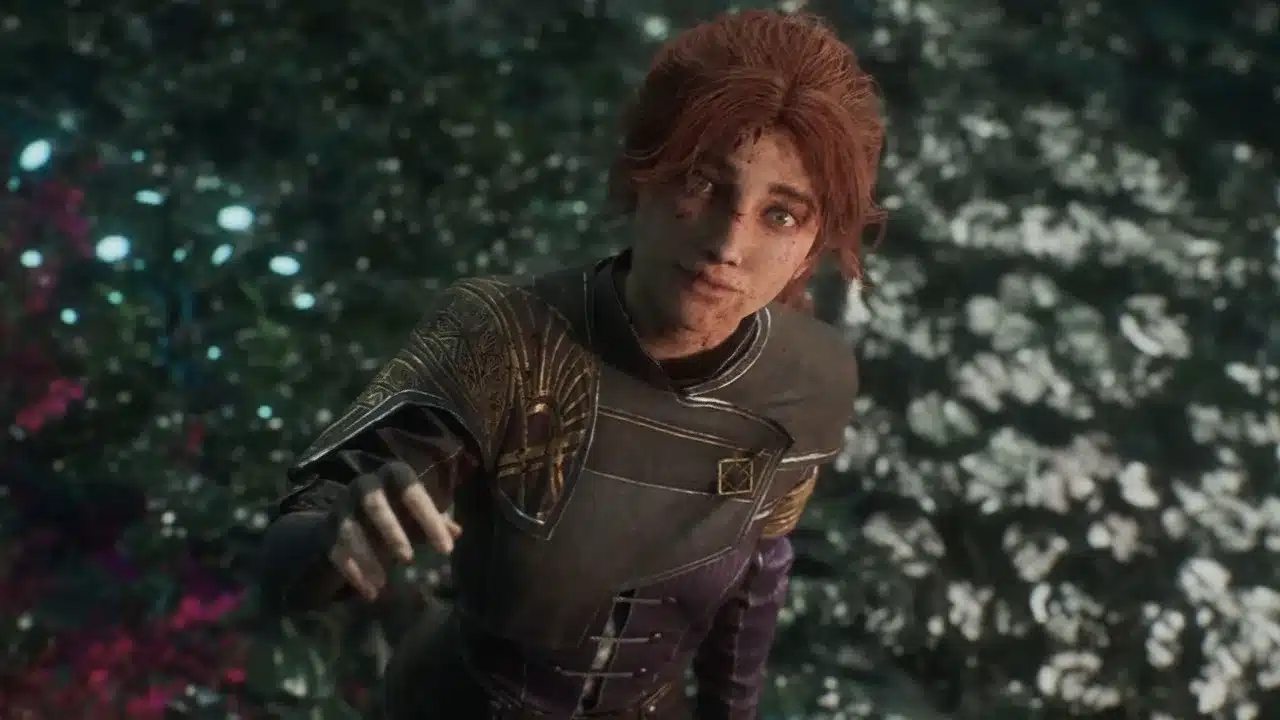Released in April 2025 and quickly becoming the best-selling game of the year, Clair Obscur: Expedition 33 won over fans with its engaging blend of turn-based combat, a striking soundtrack, and a rich story about grief, art, and choice. Developed by a small French studio, Sandfall Interactive, the RPG stood out not only for its aesthetic but also for the emotional depth with which it tackles themes of loss, grief, and memory.
- Rockstar began production of GTA 6 in 2018
- Leak exposes limits for physical media on Nintendo Switch 2
The plot revolves around the fictional city of Lumière, where every year people of a certain age are erased from existence by an entity called The Painter. To prevent this fate, expeditions are sent to destroy her. However, what seems like an epic quest turns out to be an intimate journey about the ghosts that haunt a family marked by tragedy.

The tragedy of the Dessendres and the origin of the world within the screen
The heart of the narrative lies in the Dessendre family, a clan of artists known for their unique skills: their members are Painters, capable of creating living worlds within canvases. Young Verso, son of Renoir and Aline, dies after an attack by the rival faction, the Writers. Alicia, his sister, survives the fire but is seriously injured. The loss deeply shakes the family, especially Aline, who takes refuge in Verso's last painting, where he had projected a new reality.

Within this canvas, Aline remains, refusing to return to the real world. Renoir attempts to destroy her to free his wife from the illusion, but fails. It is in this process that The Painter, the central figure of the play, is born. The conflict between the couple within the painting initiates what the residents of Lumiére call the Fracture, an event that isolates the town and marks the beginning of the annual erasures, or Gommage.
The conflict between creation and destruction intensifies with the presence of clones
To keep Verso's world alive, Aline creates painted versions of her children and husband. These clones, though artificial, possess feelings and memories, but they are not without suffering. The fake Alicia, now called Maelle, joins Expedition 33 unaware of her origins. Over the course of the game, she reclaims her identity and gains the same powers as The Painter. Maelle must then choose between continuing to nurture the world Verso created or freeing him.

Verso, whose fragmented soul keeps the canvas alive, desires the end of that universe, tired of existing only as a memory. The player's final choice determines the narrative's course: to keep the world painted alongside Maelle or to erase it with Verso, ending the family's cycle of mourning.
Two endings, two messages: attachment or overcoming
By choosing Maelle, the player preserves Lumière. The characters return to life, the setting is reborn, and there is a semblance of peace. However, suffering persists. Verso's clone, now older, plays the piano before an audience, but his gaze betrays the burden of sustaining an illusion. Maelle, with a mask over his face, ignores his brother's pain. Reality is reconstructed, but at the cost of Verso's freedom.

By choosing Verso, the world falls apart. Maelle disappears, and the Dessendre family members return to the real world. For the first time in decades, they face their pain without running from it. Verso's grave symbolizes the end of the cycle of denial and the beginning of a new path, marked by conscious mourning and healing. The memory of their son is not erased, but finds a new place: off-screen, in reality.
Why Clair Obscur: Expedition 33 is more than an RPG
Beyond its fluid combat system and visually stunning setting, Clair Obscur: Expedition 33 stands out for its mature handling of sensitive themes such as the loss of loved ones, the denial of grief, and the idealization of memory. The metaphor of painting, central to the narrative, reflects the human attempt to immortalize what we love, even if it imprisons us in the past.
The final decision between Maelle and Verso represents not just the end of a mission, but a reflection on difficult choices. Should the ghosts be kept alive or let them go? The game doesn't impose judgments, but rather allows the player to experience the weight of each decision.


